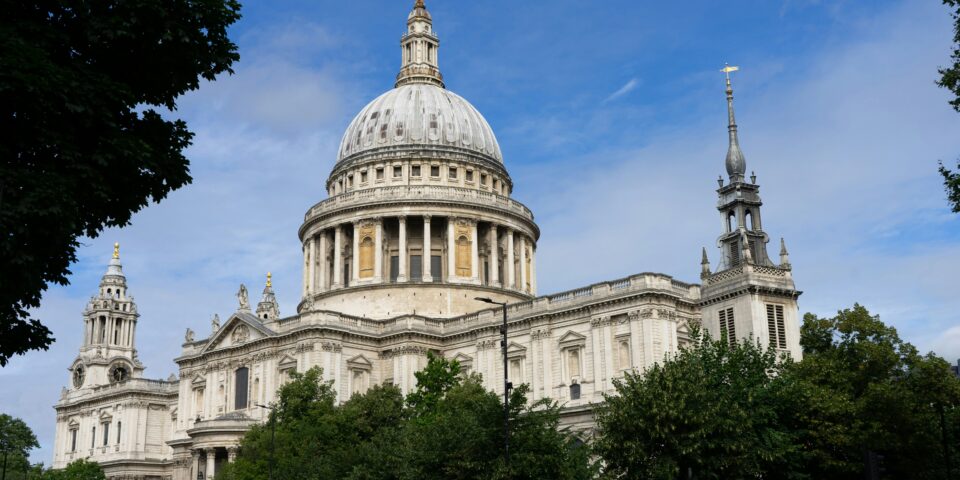The Diocese of London is at a pivotal moment in its journey.
The Diocese of London is at a pivotal moment in its journey. On Friday 3 October 2025, the Bishop of London, the Rt Revd and Rt Hon Sarah Mullally DBE, was announced as the nominee to become the 106th Archbishop of Canterbury. Consequently, the post of the Bishop of London will become vacant later in January 2026 – a “Vacancy in See”.
The Church has now entered the formal process to discern the needs of the Diocese, which will ultimately lead to the appointment of a new bishop. As part of this process, a diocese-wide consultation has taken place, gathering the hopes and experiences of people across our communities.
The Vacancy in See Committee (“the Committee”) is now reviewing this feedback as it works to produce a Statement of Needs. This document will help discern the essential character, skills, and experience the Church will seek in the next Bishop of London.
Your voice matters
The consultation survey is now closed. Thank you to everyone who shared their views. We are currently reviewing all feedback to help shape the Statement of Needs, ensuring it truly reflects the hopes and experiences of our diverse Diocese.
The Diocese of London is incredibly rich and varied, encompassing a wide range of contexts, communities, and traditions. Your contributions will play a vital role in guiding the appointment of the next Bishop of London.
Updates on the Statement of Needs will be shared here in the coming weeks.
What is the Vacancy in See process?
The Vacancy in See process is a structured period of discernment and consultation that occurs when a diocesan bishop retires, resigns, or moves to another post. It involves:
- Formation of a Vacancy in See Committee – This group oversees the consultation process, prepares the Statement of Needs and elects diocesan members to the Crown Nominations Commission.
- Diocesan-wide Consultation – Through surveys, the committee gathers views from across the diocese.
- Drafting the Statement of Needs – Informed by feedback, the committee drafts a document that reflects the spiritual, pastoral, and practical needs of the diocese.
- National Consultations – The Archbishops’ and Prime Ministers’ Appointments Advisers consult with people and leaders from churches, schools, community and civic groups.
- Submission to the Crown Nominations Commission – This national body (made up of the Archbishops, six members elected from the General Synod and six members elected from the Vacancy in See Committee) uses the Statement of Needs, outcomes from the national consultation, to guide the selection of candidates for bishop.
- Appointment of the New Bishop – Following interviews and discernment by the Crown Nominations Commission, a new bishop is nominated and appointed.
Skip To Sub Navigation
